Home>Maintenance & Safety>Child & Elderly Safety at Home>What Are Home Safety Recommendations For The Elderly
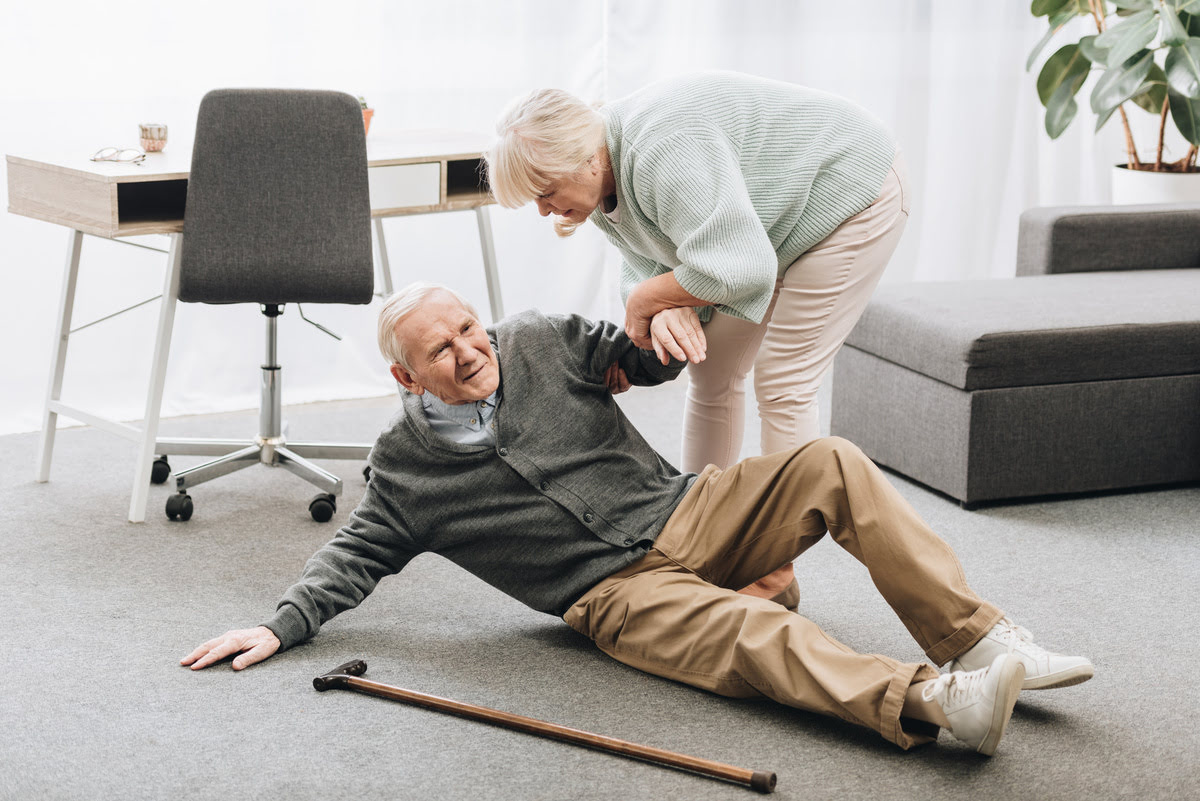

Child & Elderly Safety at Home
What Are Home Safety Recommendations For The Elderly
Modified: October 20, 2024
Learn essential home safety recommendations for the elderly to ensure a secure living environment. Discover tips for child and elderly safety at home.
(Many of the links in this article redirect to a specific reviewed product. Your purchase of these products through affiliate links helps to generate commission for Storables.com, at no extra cost. Learn more)
**
Introduction
**
Ensuring the safety of our elderly loved ones at home is of paramount importance. As we age, our bodies undergo changes that can make us more susceptible to accidents and injuries. Simple tasks that were once routine may now pose significant risks. Therefore, creating a safe living environment for the elderly is crucial for their well-being and independence.
In this comprehensive guide, we will explore the various aspects of home safety for the elderly, providing practical recommendations and valuable insights. By implementing these measures, we can help our elderly family members or friends navigate their living spaces with confidence and security. From general home safety tips to specific precautions for different areas of the home, this guide aims to equip you with the knowledge to create a safe and supportive environment for the elderly. Let's delve into the essential considerations and strategies for ensuring the well-being of our aging loved ones at home.
Key Takeaways:
- Keep the elderly safe at home by ensuring ample lighting, clear pathways, and accessible essentials. Prevent falls with proper footwear, regular exercise, and home modifications for a secure living environment.
- Create a safe and supportive home for the elderly by implementing bathroom, kitchen, bedroom, living room, and outdoor safety measures. Prioritize their well-being with empathy, ongoing communication, and tailored safety solutions.
Importance of Home Safety for the Elderly
As individuals age, their physical abilities, sensory perception, and balance may decline, making them more susceptible to accidents and injuries within their own homes. The significance of home safety for the elderly cannot be overstated, as it directly impacts their quality of life and overall well-being.
Creating a safe home environment for the elderly is essential for several reasons:
Prevention of Accidents: Elderly individuals are at a higher risk of falling, tripping, or encountering other accidents due to factors such as reduced mobility, balance issues, and diminished vision. By implementing safety measures, the likelihood of such incidents can be significantly reduced.
Preservation of Independence: A safe living space empowers the elderly to maintain their independence and mobility. By minimizing potential hazards, they can navigate their homes with confidence and carry out daily activities without constant assistance.
Emotional Well-being: A secure and hazard-free environment contributes to the emotional well-being of the elderly. Feeling safe in their own homes fosters a sense of security and comfort, reducing anxiety and stress.
Healthcare Cost Reduction: Preventing accidents and injuries through home safety measures can lead to a decrease in healthcare expenses associated with treating fall-related injuries and other accidents.
Peace of Mind for Caregivers: Family members and caregivers experience peace of mind knowing that their elderly loved ones are living in a safe and secure environment. This alleviates concerns about potential accidents and allows for a more relaxed and supportive caregiving experience.
Understanding the importance of home safety for the elderly underscores the need for proactive measures to mitigate potential risks and create a protective living space. By prioritizing home safety, we can enhance the overall quality of life for the elderly and provide them with the support and security they deserve.
General Home Safety Tips
Implementing general home safety measures is a fundamental step in creating a secure environment for the elderly. These tips encompass various aspects of home safety and are essential for mitigating potential hazards.
- Ample Lighting: Ensure that all areas of the home are well-lit to minimize the risk of trips and falls, especially in hallways, staircases, and entrances. Night lights can be particularly beneficial in providing visibility during nighttime.
- Clear Pathways: Keep walkways and corridors free from clutter, loose rugs, and obstacles to facilitate safe movement throughout the home.
- Secure Rugs and Carpets: Use non-slip mats or double-sided tape to secure rugs and carpets, preventing them from shifting and causing potential tripping hazards.
- Accessible Emergency Numbers: Display emergency contact numbers prominently near telephones and include them in a visible location in case of emergencies.
- Smoke and Carbon Monoxide Detectors: Install and regularly check smoke detectors and carbon monoxide alarms to ensure they are in working condition, providing early warnings in the event of a fire or gas leak.
- Handrails and Grab Bars: Install sturdy handrails along staircases and grab bars in bathrooms to assist with stability and prevent falls.
- Accessible Fire Extinguishers: Place fire extinguishers in easily accessible locations and ensure that the elderly individual knows how to operate them.
- Regular Home Maintenance: Keep the home well-maintained by addressing any structural issues, leaks, or electrical concerns promptly to prevent potential hazards.
- Accessible Essentials: Store frequently used items within easy reach to avoid the need for excessive bending, stretching, or climbing.
- Non-Slip Footwear: Encourage the use of supportive, non-slip footwear to provide stability and reduce the risk of slipping.
By integrating these general home safety tips, we can significantly enhance the safety and comfort of the living environment for the elderly, fostering a secure and supportive setting for their daily activities.
Preventing Falls
Falls are a leading cause of injury among the elderly, making fall prevention a critical aspect of home safety. By addressing potential fall hazards and implementing preventive measures, the risk of fall-related injuries can be substantially reduced.
Here are key strategies for preventing falls within the home:
- Home Assessment: Conduct a thorough assessment of the home to identify potential fall hazards, such as loose rugs, uneven flooring, or cluttered pathways. Addressing these hazards is essential for creating a safe environment.
- Proper Footwear: Encourage the use of well-fitting, supportive footwear with non-slip soles to provide stability and traction while walking.
- Regular Exercise: Engage in regular physical activity and balance-enhancing exercises to improve strength and coordination, reducing the risk of falls.
- Assistive Devices: Utilize assistive devices such as canes, walkers, or mobility aids as needed to enhance stability and support while moving around the home.
- Grab Bars and Handrails: Install secure grab bars in bathrooms and handrails along staircases to assist with balance and provide support when navigating these areas.
- Accessible Living Space: Arrange furniture to create clear pathways and ensure that commonly used items are easily accessible, minimizing the need for reaching or overextending.
- Regular Vision Checks: Schedule regular vision examinations to address any visual impairments that may contribute to an increased risk of falls.
- Medication Management: Ensure that medications are managed effectively, with clear labeling and organized storage, to prevent potential side effects that may affect balance or coordination.
- Home Modifications: Consider home modifications such as installing ramps, stairlifts, or non-slip flooring to accommodate specific mobility needs and reduce fall risks.
By actively addressing fall prevention through these measures, we can significantly enhance the safety and well-being of the elderly within their living spaces, minimizing the likelihood of fall-related injuries and accidents.
Bathroom Safety
The bathroom presents unique safety considerations for the elderly due to its slippery surfaces and potential fall hazards. Implementing specific safety measures in the bathroom is crucial for minimizing the risk of accidents and ensuring a secure environment.
Key recommendations for enhancing bathroom safety for the elderly include:
- Non-Slip Surfaces: Use non-slip mats or adhesive strips in the bathtub and shower to provide traction and prevent slipping.
- Grab Bars: Install sturdy grab bars near the toilet and in the shower or bathtub area to assist with stability and provide support when standing or moving in and out of these spaces.
- Shower Chair or Bench: Consider the use of a shower chair or bench to allow the elderly individual to sit comfortably while bathing, reducing the risk of falls.
- Accessible Storage: Store frequently used items within easy reach, avoiding the need to bend or stretch to access essential toiletries.
- Adjustable Showerheads: Install adjustable or handheld showerheads to facilitate bathing while seated and accommodate varying heights and mobility levels.
- Toilet Safety: Consider the use of raised toilet seats or safety frames to assist with sitting and standing, promoting independence and reducing the risk of falls.
- Temperature Regulation: Set the water heater to a safe and consistent temperature to prevent scalding incidents, especially for individuals with reduced sensitivity to heat.
- Effective Lighting: Ensure that the bathroom is well-lit, with switches located near the entrance for easy access, improving visibility and reducing the risk of tripping.
- Slip-Resistant Rugs: Use non-slip rugs or mats on the bathroom floor to prevent slipping when stepping out of the shower or bathtub.
- Regular Maintenance: Check for any leaks, loose tiles, or other potential hazards, addressing them promptly to maintain a safe and functional bathroom environment.
By incorporating these bathroom safety recommendations, we can create a secure and supportive space that enables the elderly to maintain their personal hygiene with confidence and independence, minimizing the risk of accidents and injuries.
Install grab bars in the bathroom and near the bed to help prevent falls for elderly individuals. These bars provide support and stability when moving around.
Read more: Which Injury Prevention Measure For Poisoning Will Help Preserve Home Safety Recommendation
Kitchen Safety
The kitchen is a central area of the home where various activities take place, making it essential to prioritize safety, especially for the elderly. By implementing specific kitchen safety measures, we can create a secure environment that facilitates independence and minimizes potential hazards.
Key recommendations for enhancing kitchen safety for the elderly include:
- Accessible Storage: Organize frequently used items within easy reach to avoid the need for reaching or climbing to access essential kitchenware and supplies.
- Non-Slip Flooring: Use slip-resistant rugs or consider installing non-slip flooring to minimize the risk of slipping, especially in areas prone to spills or moisture.
- Safe Appliance Use: Ensure that appliances are in good working condition, with clear and accessible controls, and provide assistance with using complex or potentially hazardous equipment.
- Clear Pathways: Keep walkways and kitchen areas free from clutter and obstacles, allowing for safe and unobstructed movement within the space.
- Proper Lighting: Maintain adequate lighting in the kitchen to enhance visibility and reduce the risk of accidental spills or falls.
- Accessible Utensils and Cookware: Utilize lightweight and easy-to-handle utensils and cookware, promoting ease of use and reducing the risk of strain or accidents.
- Assistive Tools: Introduce adaptive tools such as jar openers, easy-grip handles, and ergonomic kitchen aids to facilitate cooking and meal preparation tasks.
- Fire Safety: Educate the elderly individual about fire safety procedures, including the proper use of stovetops, oven mitt safety, and the importance of keeping flammable items away from heat sources.
- Assistance with Meal Preparation: Provide assistance or supervision during meal preparation, especially when handling sharp knives, hot surfaces, or potentially hazardous ingredients.
- Regular Maintenance: Check and maintain kitchen appliances, repair loose handles or fixtures, and address any potential safety concerns promptly.
By incorporating these kitchen safety recommendations, we can create a supportive and secure environment that enables the elderly to engage in cooking and meal preparation activities with confidence and independence, minimizing the risk of accidents and promoting overall well-being.
Bedroom Safety
The bedroom serves as a sanctuary and a place of rest for the elderly, making it essential to prioritize safety and comfort within this space. By implementing specific bedroom safety measures, we can create a secure environment that promotes relaxation and minimizes potential hazards.
Key recommendations for enhancing bedroom safety for the elderly include:
- Bed Height: Ensure that the height of the bed allows for easy entry and exit, minimizing the risk of falls or strain when getting in and out of bed.
- Accessible Lighting: Install bedside lamps or night lights to provide adequate illumination during nighttime, reducing the risk of tripping or disorientation in the dark.
- Clear Pathways: Keep pathways around the bed and within the bedroom free from clutter and obstacles to facilitate safe movement, especially during nighttime bathroom visits.
- Sturdy Bedside Support: Consider the use of a bedside rail or grab bar to assist with sitting up, repositioning, or standing from the bed, providing stability and support.
- Comfortable Bedding: Use comfortable and supportive mattresses and pillows to promote restful sleep and reduce the risk of discomfort or musculoskeletal strain.
- Emergency Communication: Ensure that a communication device, such as a phone or personal alarm, is easily accessible from the bedside in case of emergencies or assistance needs.
- Temperature Control: Maintain a comfortable room temperature and ensure that blankets and bedding are suitable for warmth without presenting suffocation hazards.
- Assistive Devices: Utilize assistive devices such as bed rails or bed lifts to enhance safety and support for individuals with mobility challenges.
- Regular Maintenance: Check for any loose fixtures, frayed cords, or potential tripping hazards, addressing them promptly to maintain a safe and comfortable bedroom environment.
- Accessible Storage: Organize clothing and personal items within easy reach, minimizing the need for excessive bending, stretching, or climbing to access essential items.
By incorporating these bedroom safety recommendations, we can create a tranquil and secure environment that promotes restful sleep and relaxation for the elderly, minimizing the risk of accidents and enhancing overall well-being.
Living Room Safety
The living room is a central space for relaxation, socialization, and leisure activities, making it crucial to prioritize safety within this area, especially for the elderly. By implementing specific living room safety measures, we can create a secure environment that promotes comfort and minimizes potential hazards.
Key recommendations for enhancing living room safety for the elderly include:
- Clear Pathways: Keep pathways and seating areas free from clutter and obstacles to facilitate safe movement and prevent tripping hazards.
- Sturdy Seating: Ensure that chairs and sofas provide stable and supportive seating, making it easier for the elderly to sit and stand without the risk of instability or falls.
- Proper Lighting: Maintain adequate lighting in the living room to enhance visibility and reduce the risk of accidental trips or falls, especially during evening hours.
- Secure Carpets and Rugs: Use non-slip mats or double-sided tape to secure carpets and area rugs, preventing them from shifting and causing potential tripping hazards.
- Accessible Essentials: Store frequently used items such as remote controls, reading materials, and blankets within easy reach to minimize the need for excessive bending or stretching.
- Assistive Seating Aids: Consider the use of seat cushions or risers to enhance the comfort and ease of sitting and standing from chairs and sofas.
- Temperature Control: Ensure that the room temperature is comfortable and that heating or cooling devices are safely positioned to prevent accidental contact or burns.
- Electrical Safety: Secure loose cords and ensure that electrical outlets and extension cords are not obstructing pathways or presenting tripping hazards.
- Entertainment Safety: Organize entertainment equipment and cords to prevent entanglement or tripping hazards, ensuring that they are safely positioned and easily accessible.
- Regular Maintenance: Check for any loose furniture legs, unstable shelving, or potential safety concerns, addressing them promptly to maintain a safe and comfortable living room environment.
By incorporating these living room safety recommendations, we can create a welcoming and secure environment that promotes relaxation and social engagement for the elderly, minimizing the risk of accidents and enhancing overall well-being.
Outdoor Safety
Outdoor spaces offer opportunities for recreation, relaxation, and physical activity, making it essential to prioritize safety in these areas, especially for the elderly. By implementing specific outdoor safety measures, we can create a secure environment that promotes enjoyment and minimizes potential hazards.
Key recommendations for enhancing outdoor safety for the elderly include:
- Pathway Maintenance: Ensure that outdoor pathways, including driveways and walkways, are free from cracks, uneven surfaces, and debris to prevent tripping hazards.
- Proper Lighting: Install adequate lighting near entryways, pathways, and outdoor recreational areas to enhance visibility during evening hours and reduce the risk of falls.
- Secure Handrails: Install sturdy handrails along outdoor steps and ramps to assist with stability and provide support when navigating changes in elevation.
- Slip-Resistant Surfaces: Use non-slip coatings or materials on outdoor surfaces, such as patios and decks, to prevent slipping, especially during wet or icy conditions.
- Accessible Garden Tools: Utilize lightweight and ergonomically designed gardening tools to facilitate outdoor activities, minimizing the risk of strain or accidents during gardening tasks.
- Weather Protection: Create shaded areas or install sunshades to provide protection from extreme heat and sun exposure, promoting outdoor comfort and safety.
- Outdoor Seating: Place sturdy and comfortable seating in outdoor areas to provide resting spots and encourage outdoor relaxation while minimizing the risk of falls or discomfort.
- Assistive Mobility Aids: Utilize outdoor mobility aids such as walkers or canes designed for outdoor use to enhance stability and support during outdoor activities.
- Regular Maintenance: Check outdoor fixtures, pathways, and recreational equipment for any safety concerns, addressing them promptly to maintain a safe and enjoyable outdoor environment.
- Emergency Communication: Ensure that a communication device, such as a phone or personal alarm, is easily accessible from outdoor areas in case of emergencies or assistance needs.
By incorporating these outdoor safety recommendations, we can create a welcoming and secure outdoor environment that promotes outdoor activities, relaxation, and social engagement for the elderly, minimizing the risk of accidents and enhancing overall well-being.
Conclusion
Ensuring the safety of the elderly within their home environments is a multifaceted endeavor that encompasses various aspects of daily living. By implementing comprehensive safety measures, we can create a secure and supportive living space that promotes independence, well-being, and peace of mind for both the elderly individuals and their caregivers.
From general home safety tips to specific recommendations for different areas of the home, including fall prevention, bathroom, kitchen, bedroom, living room, and outdoor safety, the strategies outlined in this guide are designed to address the unique needs and challenges faced by the elderly. By integrating these safety measures, we can significantly reduce the risk of accidents and injuries, fostering a living environment that encourages confidence, mobility, and comfort.
It is essential to approach home safety for the elderly with empathy, understanding, and a commitment to creating an environment that not only minimizes potential hazards but also promotes a sense of autonomy and dignity. By considering the individual preferences, abilities, and mobility requirements of the elderly, we can tailor safety measures to suit their specific needs, ensuring that they can navigate their living spaces with confidence and security.
Furthermore, ongoing communication and collaboration with healthcare professionals, caregivers, and family members play a crucial role in continuously assessing and addressing the evolving safety needs of the elderly. Regular evaluations of the home environment and proactive adjustments to safety measures are vital for maintaining a safe and supportive living space as the individual’s needs change over time.
By prioritizing home safety for the elderly, we not only mitigate potential risks but also create a nurturing and empowering environment that enhances their overall quality of life. Through a collective commitment to promoting home safety, we can foster a sense of security, independence, and well-being for the elderly, allowing them to thrive within the comfort of their own homes.
Frequently Asked Questions about What Are Home Safety Recommendations For The Elderly
Was this page helpful?
At Storables.com, we guarantee accurate and reliable information. Our content, validated by Expert Board Contributors, is crafted following stringent Editorial Policies. We're committed to providing you with well-researched, expert-backed insights for all your informational needs.
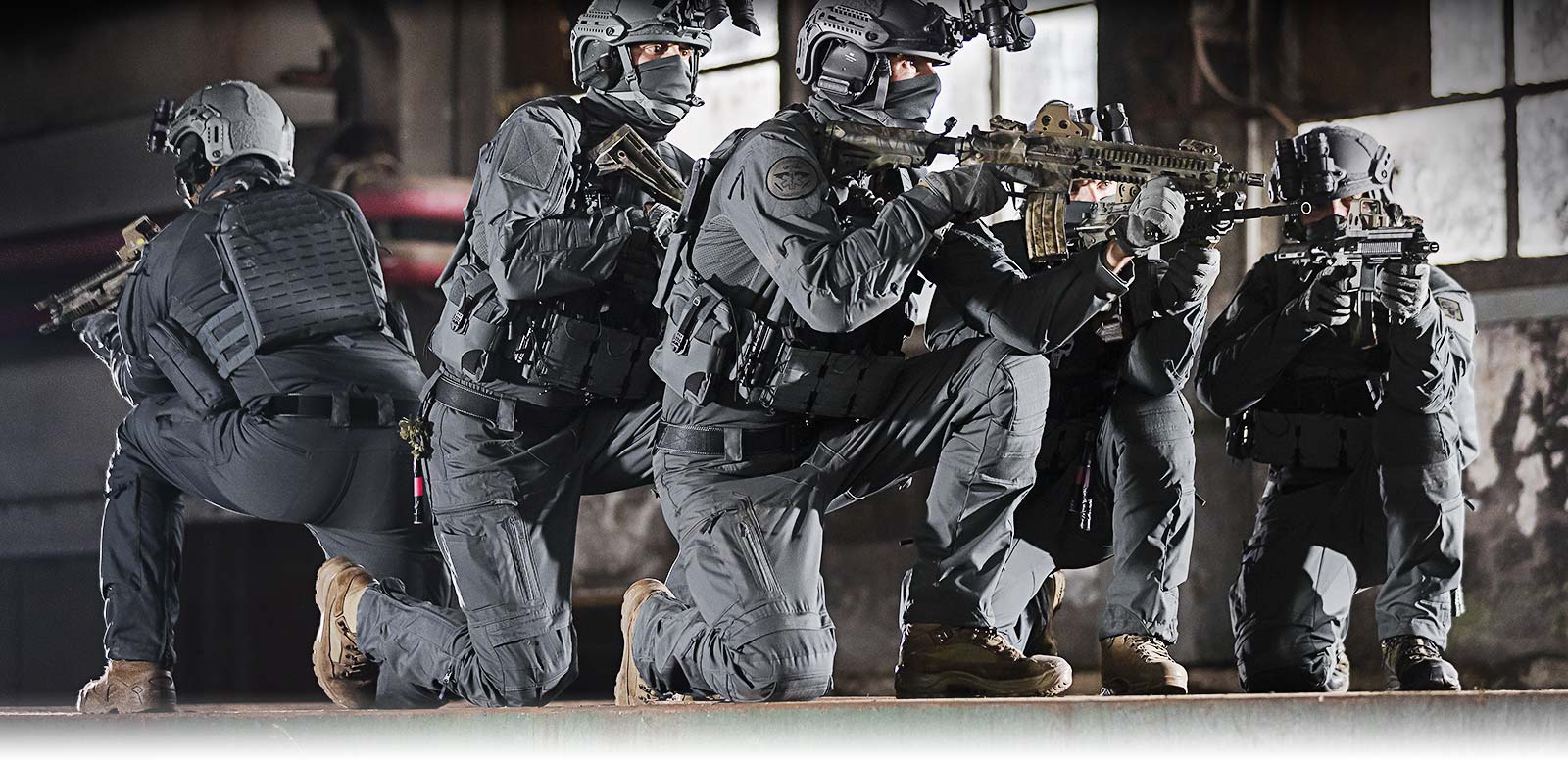
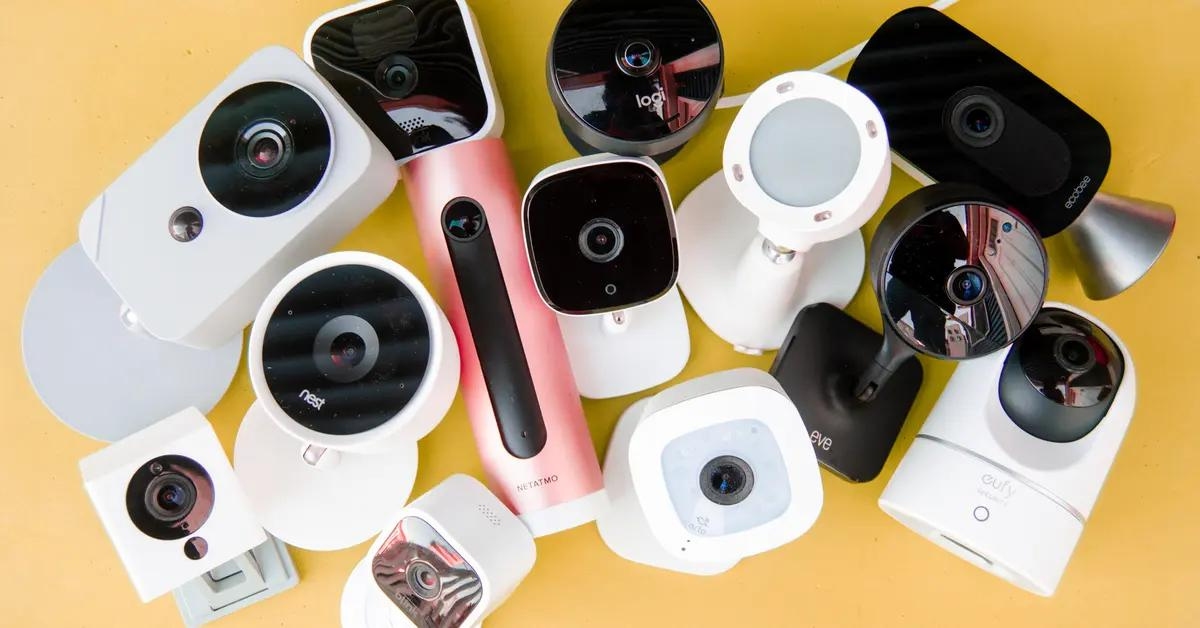

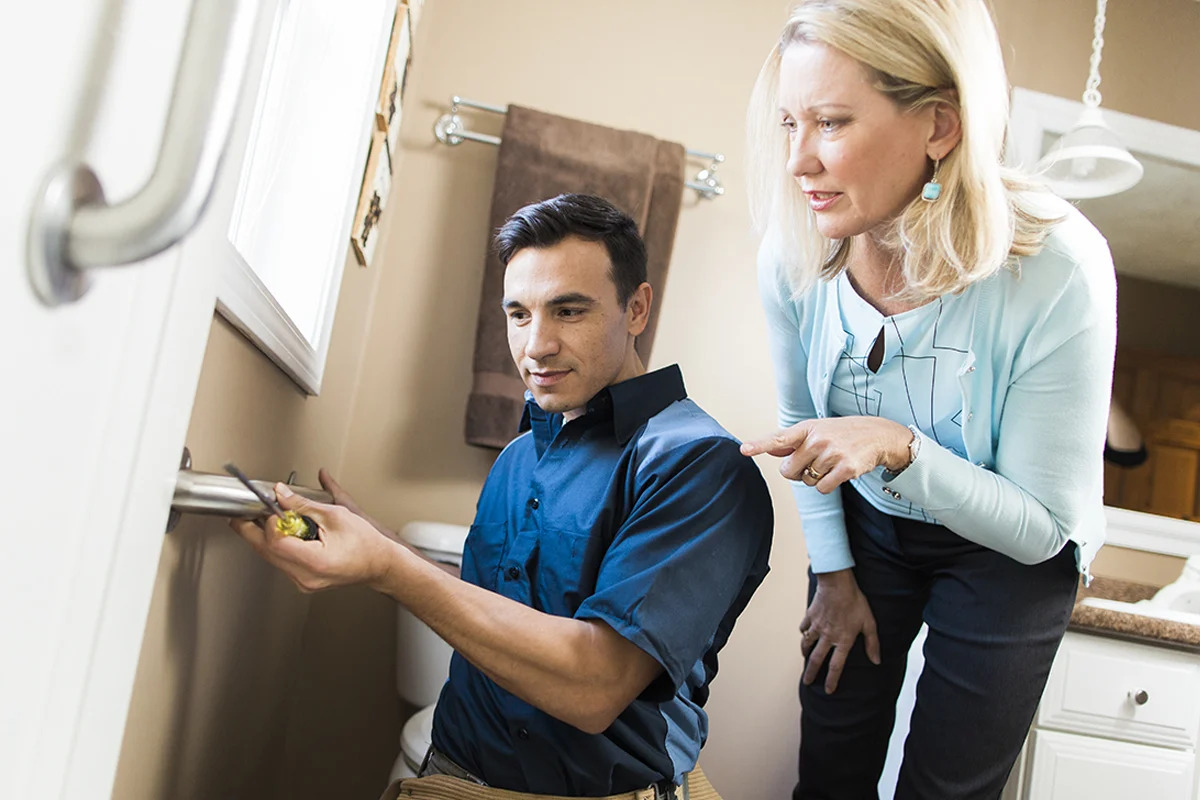
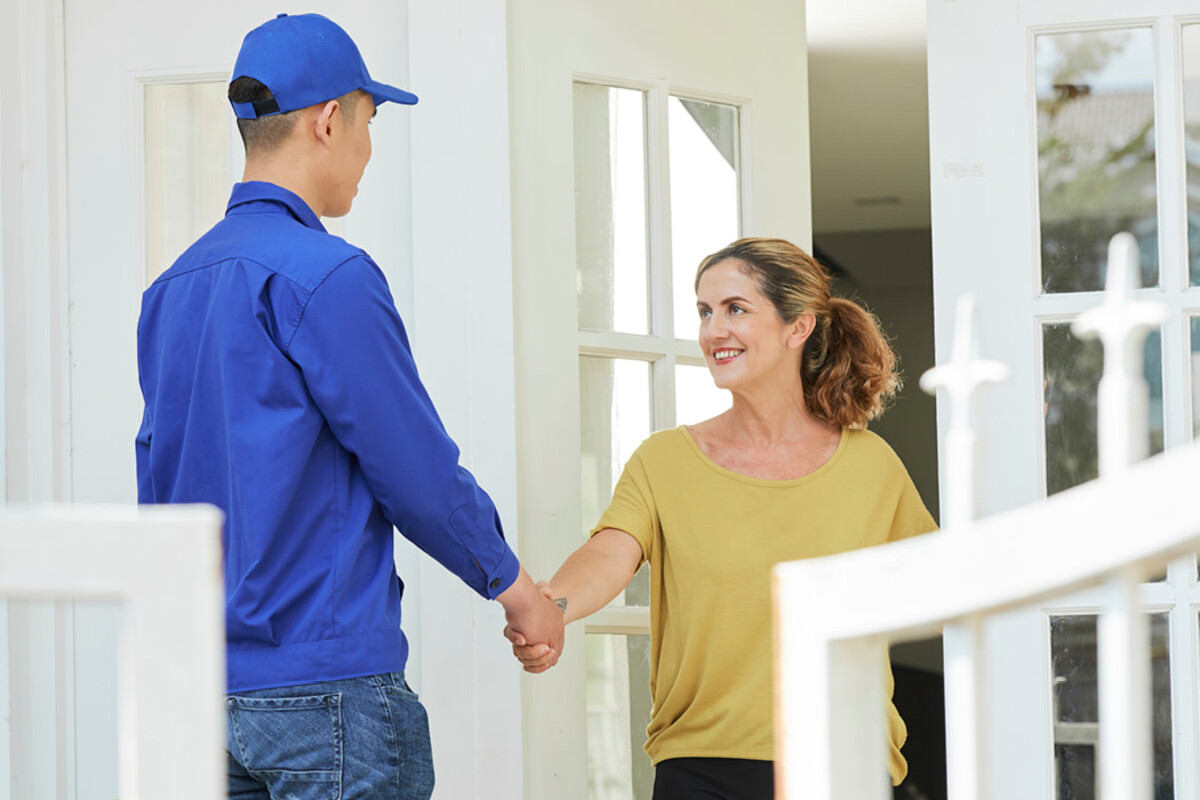
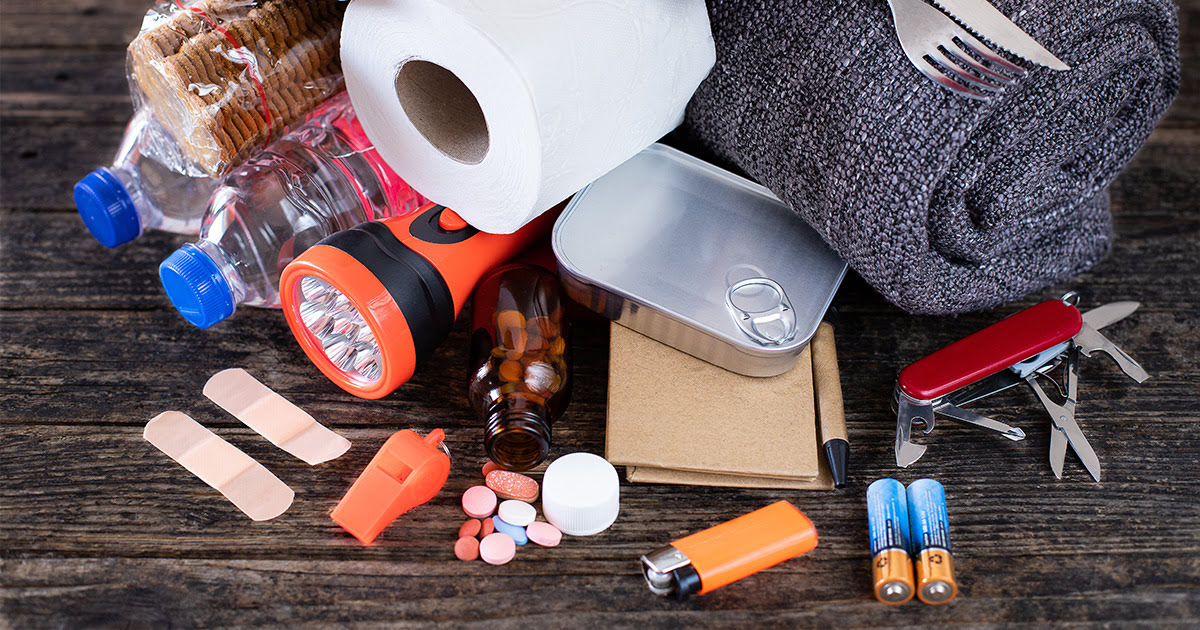
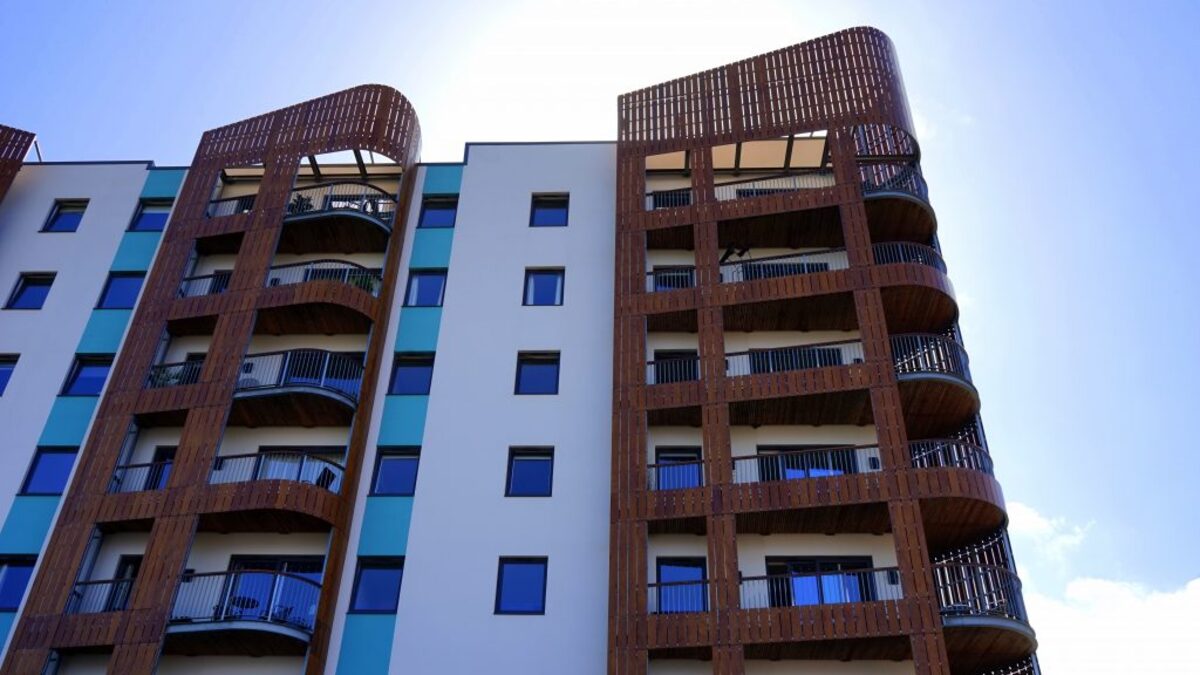
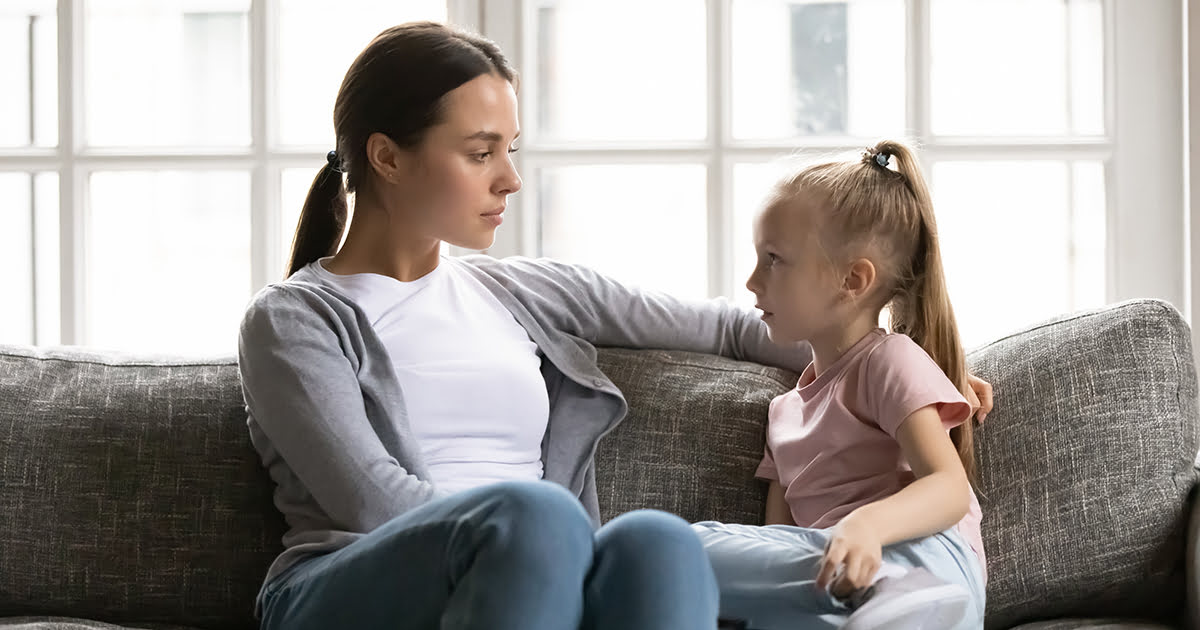
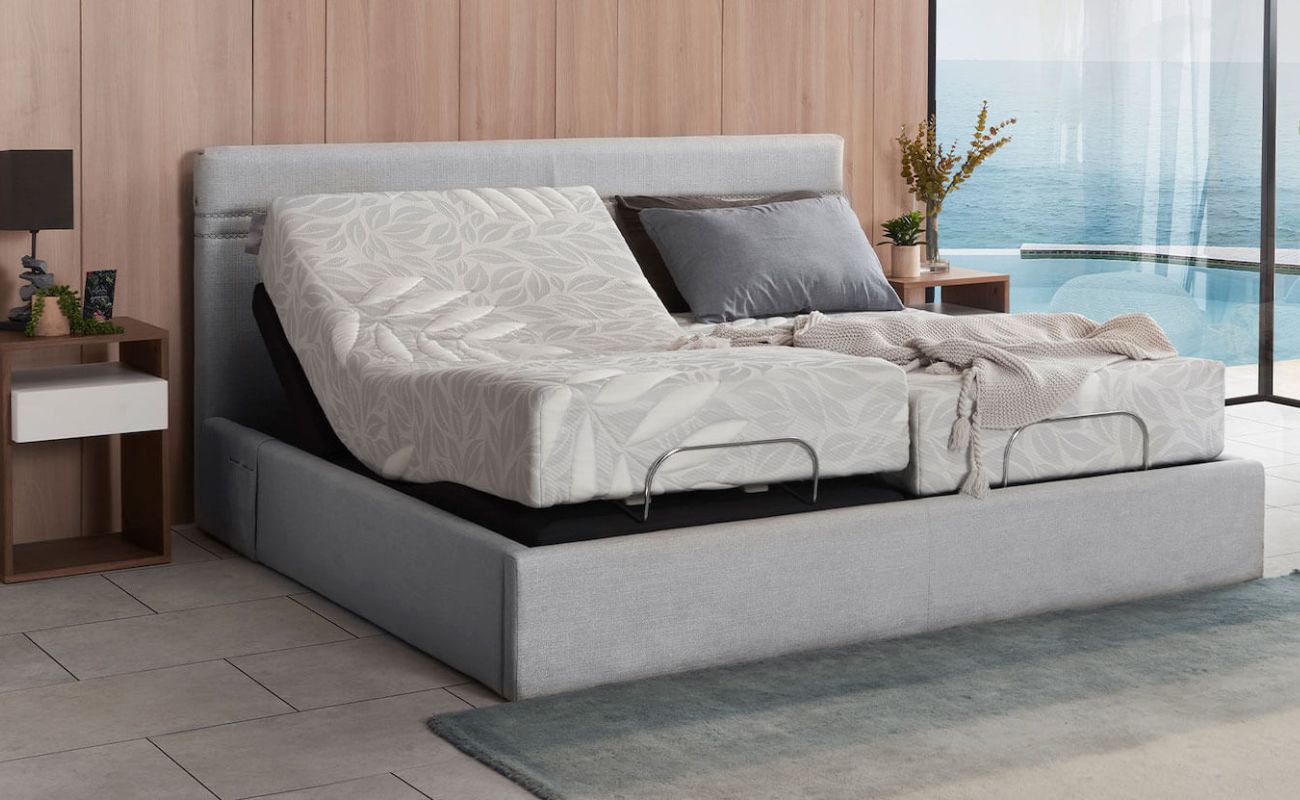
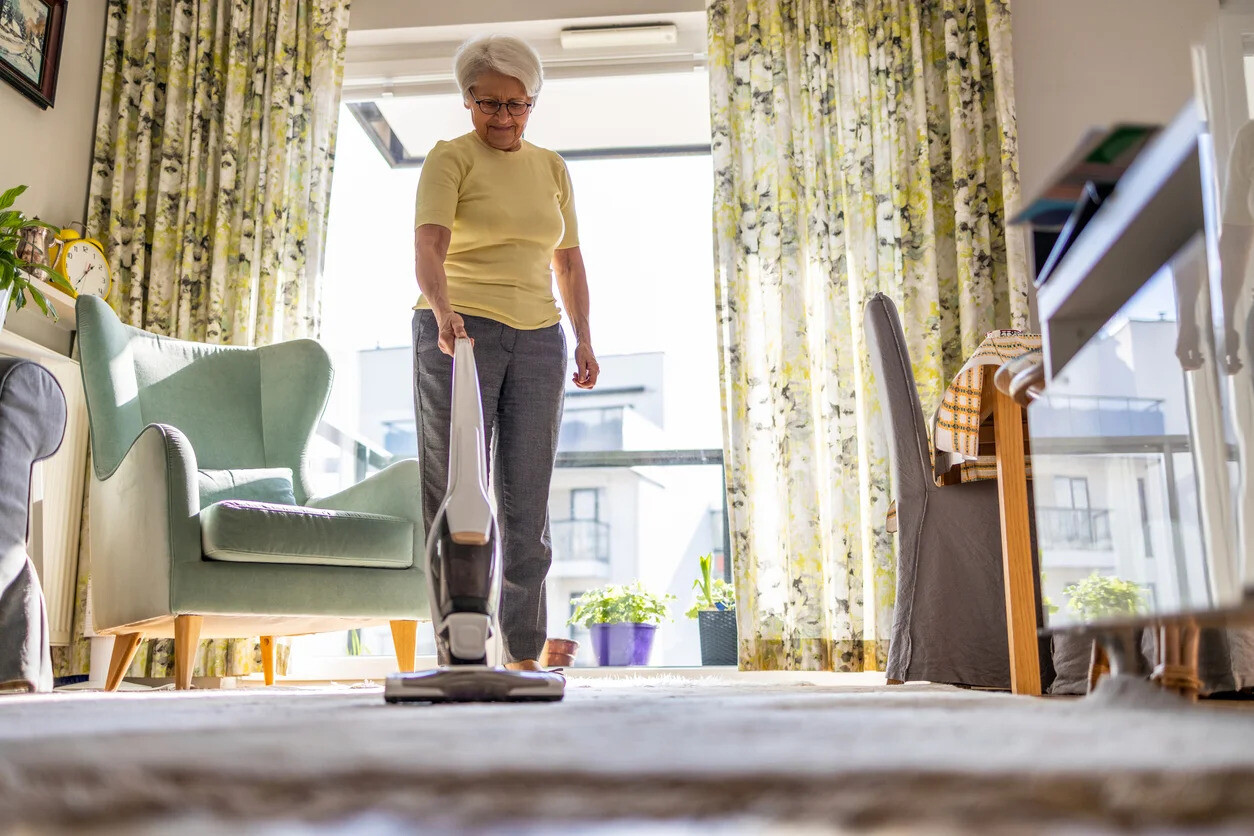
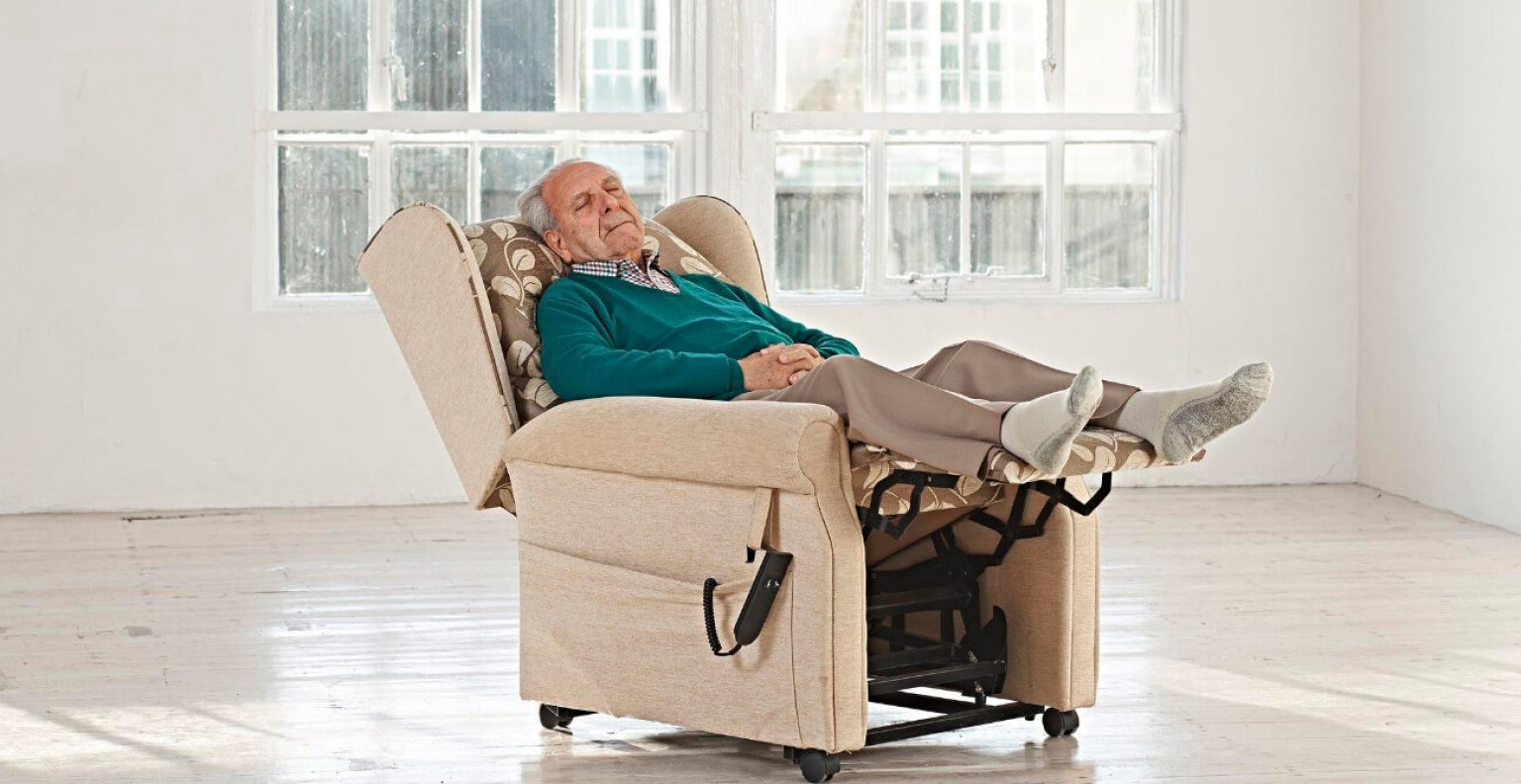

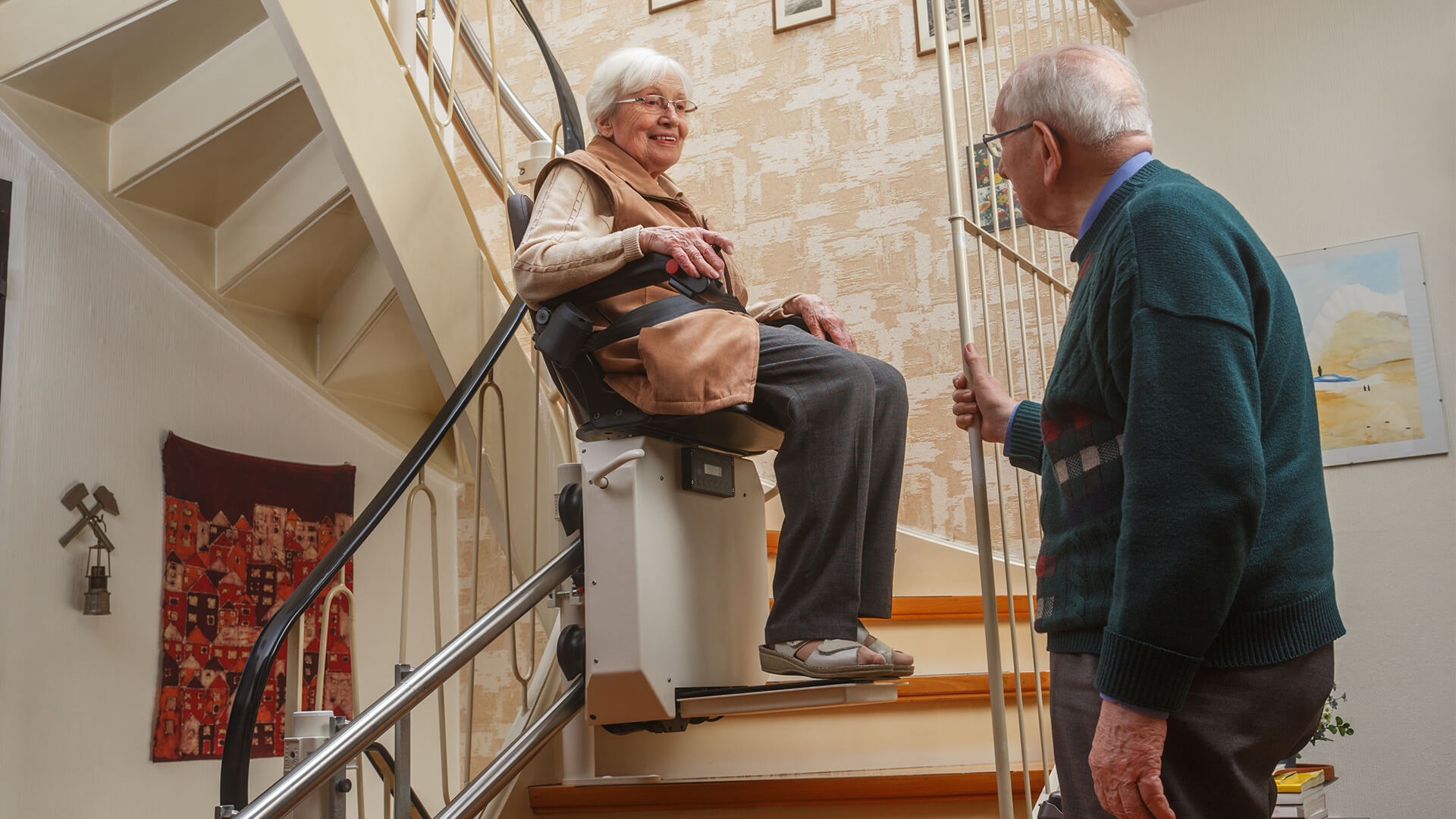

0 thoughts on “What Are Home Safety Recommendations For The Elderly”